Are you willing to sponsor?
Are you ready to explore the transformative power of athlete sponsorship for your brand? Click here to learn more about how sponsorship can help brands grow and thrive in the exciting world of motorsports.
By Riccardo Tafà| Posted March 30, 2023 | In MotoGP
Brands need to create content that resonates with their target audience. As a sports marketing professional, I realize that sports fans are exposed to an enormous amount of promotional material; to have a lingering effect, you have to differentiate yourself from competitors.
In this post we will explore how to effectively use sports advertising to reach your audience and create a lasting memory. We will delve into some strategies used in the past by major brands during events such as the Super Bowl or the Big Gameand analyze the elements that determine their success.
We will discuss the types of “branded content” that work best for sports marketing campaigns and how to tailor them to suit your specific goals. We will explore the mistakes made by promoters in this field and give advice on how to avoid them.
Whether you are new to sports advertising or looking for tips to improve your existing campaigns, this post has something for everyone. Let’s get ready to explore the world of sports advertising.
Companies that sponsor sports seek to engage their target audience in a profound way. Content produced using the sponsored discipline is an essential component of their marketing and communication efforts. By creating interactive and emotionally charged experiences, brands are able to create stronger connections with consumers and increase their loyalty.
Storytelling is a powerful tool when it comes to communicating with your target audience. For example, Verizon ‘s “All Our Thanks” campaign during Super Bowl LI featured military families who had been reunited after long periods of separation due to deployment to conflict areas or other circumstances-a story that resonated strongly with viewers and created an emotional bond between them and the brand.
Engagement is critical, and not just for sports brands, to stay on top of the list of preferred brands. Brands need to come up with something that resonates emotionally, such as compilations of special moments-see Under Armour’s Rule Yourself campaign with Michael Phelps, or personalized profiles of teams or athletes, such as Sleep Number’s partnership with NFL teams across the United States, which have helped create a strong bond between fans and their respective brands. Sleep Number has allowed fans to customize their beds to match the colors and logos of each team, creating unique experiences for football fans around the world.
This creative strategy has helped Sleep Number gain significant visibility in the sports industry, further increasing brand loyalty among consumers nationwide.
Reaching a wider audience is important when considering sponsorship in sports; communication activities (campaigns) should be tailored to different demographics so that more people can relate to and effectively enjoy your message. One of the most successful operations I can remember, P&G’s “Thank You Mom” campaign related to the Olympics, was very effective in this regard, celebrating mothers around the world for their role in helping athletes achieve their dreams-a concept that resonated widely with viewers, regardless of age or location…or their passion for sports. This campaign generated over 1 billion impressions globally and greatly increased P&G brand awareness.
Sports-related advertising messages are a great way to create an emotional connection with viewers and are a powerful tool for increasing engagement and strengthening brand commitment. Ultimately by exploring different types of sports branded content, such as influencer-driven videos, compilations of unique moments, or personalized profiles of teams and/or athletes, brands can harness the power of storytelling to reach a wider audience.
To reach a wider audience and amplify the message, companies can produce videos and social media materials based on sports influencers or testimonials. This takes the opportunity to target existing fan bases interested in these characters. This type of sports content can be used for product promotion, brand awareness campaigns and more.
Nike has long collaborated with famous athletes such as LeBron James and Serena Williams to create videos showing their products in use. It is important when designing a partnership with a testimonial to check his popularity and the public’s perception of him; results are not everything. Think of Federer ‘s partnership with Uniqlo, the most important of his entire career, which came at a time when King Roger rarely attended tennis courts due to aches and pains.
Compilations of unique moments are another great way to engage your customers. By capturing the highlights of events such as soccer games or car races and creating short clips about them, marketers can evoke strong emotions among viewers while giving visibility to their brand’s logo or message.
Sleep Number leveraged this tactic during the 2018 NFL season, presenting game highlights along with its branding elements in stadiums across the United States-a move that greatly increased fan engagement.
Finally, custom profiles of teams or athletes offer another option when it comes to creating sports content. Companies can create stories about individual players and teams that focus on key elements such as their performance statistics and achievements while highlighting their sponsorships. Under Armour did just that when it launched its “Rule Yourself” campaign with Michael Phelps in 2015; not only did it generate an immense amount of buzz, but it also provided valuable insights into what made Phelps so successful both on land and off.
Click https://www.rolex.com/rolex-and-sports/motor-sport to find out how this brand is using motorsport to promote its image and products. This is a complete and total fusion of Rolex and motor sports, cannot go unnoticed and certainly creates an unbreakable link between lovers of these disciplines and the prestigious watch manufacturer. Read what they write to appreciate the excellent work they are doing.
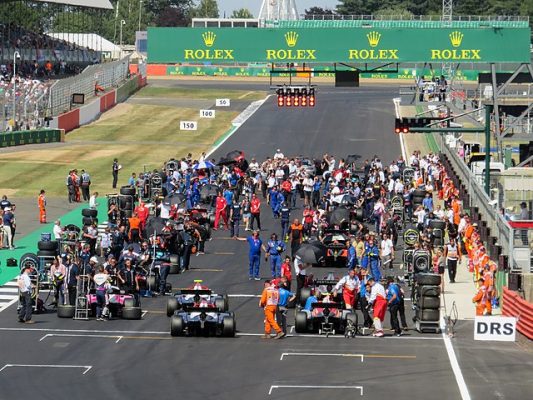
Lewis Hamilton, Valentino Rossi, Pecco Bagnaia just to name a few of the prestigious testimonials that together with properties such as Team Mercedes F1 or Yamaha MotoGP are part of Monster’s roster of partners. I attach an example of promotion related to the purchase of the drink.
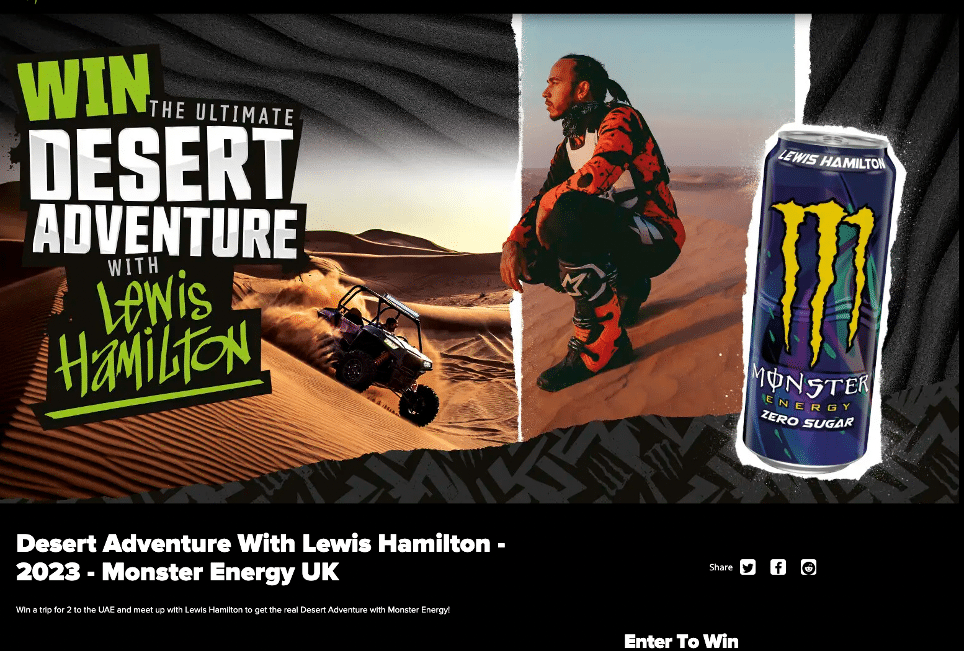 Uniqlo
Uniqlo“LifeWear of Roger Federer. Federer and Uniqlo continue their journey, in addition to sports products under the RF brand, the Swiss man’s use of Uniqlo clothing is shown. Here again we can see how the partnership that began with the Swiss tennis player a few years ago is developing into a path made up of communication, image, and products with Roger taking on the role of Global Brand Ambassador of Uniqlo.
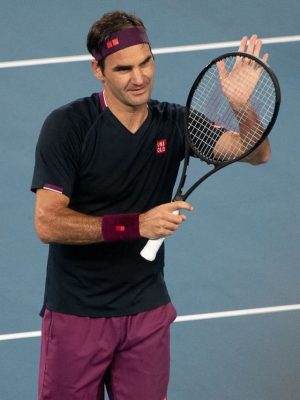
We are always connected, the spread of WiFi and ubiquitous coverage have helped change the way we live, and sports advertising has experienced a remarkable surge, with arenas and stadiums offering companies multiple ways to reach their intended audiences. Co-branding in stadiums and events is one way companies can tap this potential. By collaborating with sports organizations, brands can create unique experiences for fans while gaining valuable exposure.
Innovative ideas to improve the fan experience are also key when it comes to stadium advertising. From interactive displays to augmented reality installations, there are many ways sponsors can make their presence felt in the stands or on the field. Take for example Nike ‘s recent campaign during Euro 2020. The sportswear giant created several AR installations across Europe, users could virtually try on boots before purchasing them online, creating an unprecedented immersive shopping experience. Sports brands can now create unique fan experiences by collaborating with sports organizations and using innovative ideas such as interactive displays and AR installations.
The sportswear industry has undergone a major change in recent years, thanks to the influence of sneaker culture. The rise of streetwear fashion has generated a situation in which athletes increasingly wear clothes that represent their personal aesthetic, whether in competitive sports arenas or leisure settings. This trend is evident across multiple platforms, from professional sports leagues to recreational settings.
Athleisure clothing is one of the most popular trends that has emerged as a result of this cultural shift. The pandemic helped to clear customs for a more relaxed and comfortable way of dressing. Brands such as Nike and Adidas have taken advantage of this trend, designing lines specifically designed for athletes that also appeal to the general public, however.
Overall, it is clear that sneaker culture has had a significant impact on the way today’s athletes dress, whether they compete professionally or just play with friends. As consumer awareness and preferences continue to evolve, the sportswear industry is poised for continued innovation.
By leveraging sports branding, brands can create unique experiences that align with their customers’ interests and allow them to tell stories in creative ways, thus differentiating themselves from their competitors. Sports branding provides a means for companies to create personalized interactions aligned with their customers’ interests and offers them the opportunity to tell stories about themselves in imaginative ways.
Using sports branding strategies, companies can distinguish themselves from competitors and build meaningful relationships with fans. Thanks to innovations in stadium advertising and fan experiences, as well as the influence of culture on the sportswear industry, sports branded content has become more powerful than ever before.
Find out how
RTR Sports Marketing
can help you secure the perfect partnership for your brand. With our expertise and experience, we will create a tailor-made package to meet all your needs.
Are you ready to explore the transformative power of athlete sponsorship for your brand? Click here to learn more about how sponsorship can help brands grow and thrive in the exciting world of motorsports.

Managing Director for RTR Sports, Riccardo graduated in law at the University of Bologna. He began his career in London in PR, then started working in two and four-wheelers. A brief move to Monaco followed before returning to Italy. There he founded RTR, first a consulting firm and then a sports marketing company which, eventually, he moved back to London.
The online platform where you can discover the latest trends, strategies and insights from the exciting world of sports marketing.
View our blog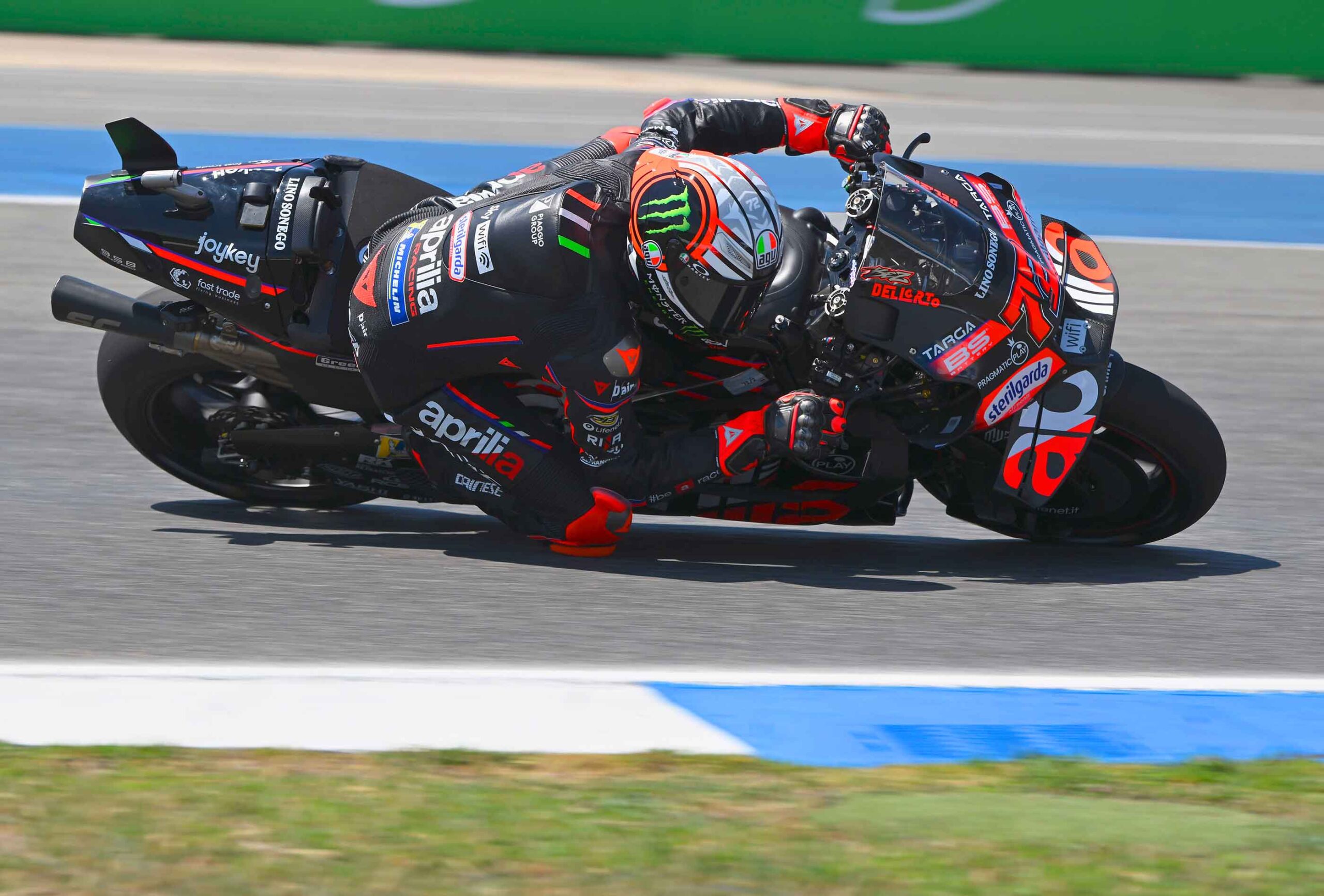
June 17, 2025
Starting in 2027, MotoGP is preparing for a momentous change that will redefine the face of motorcycling’s premier class. The new technical rules, announced by the Grand Prix Commission[...]
Read More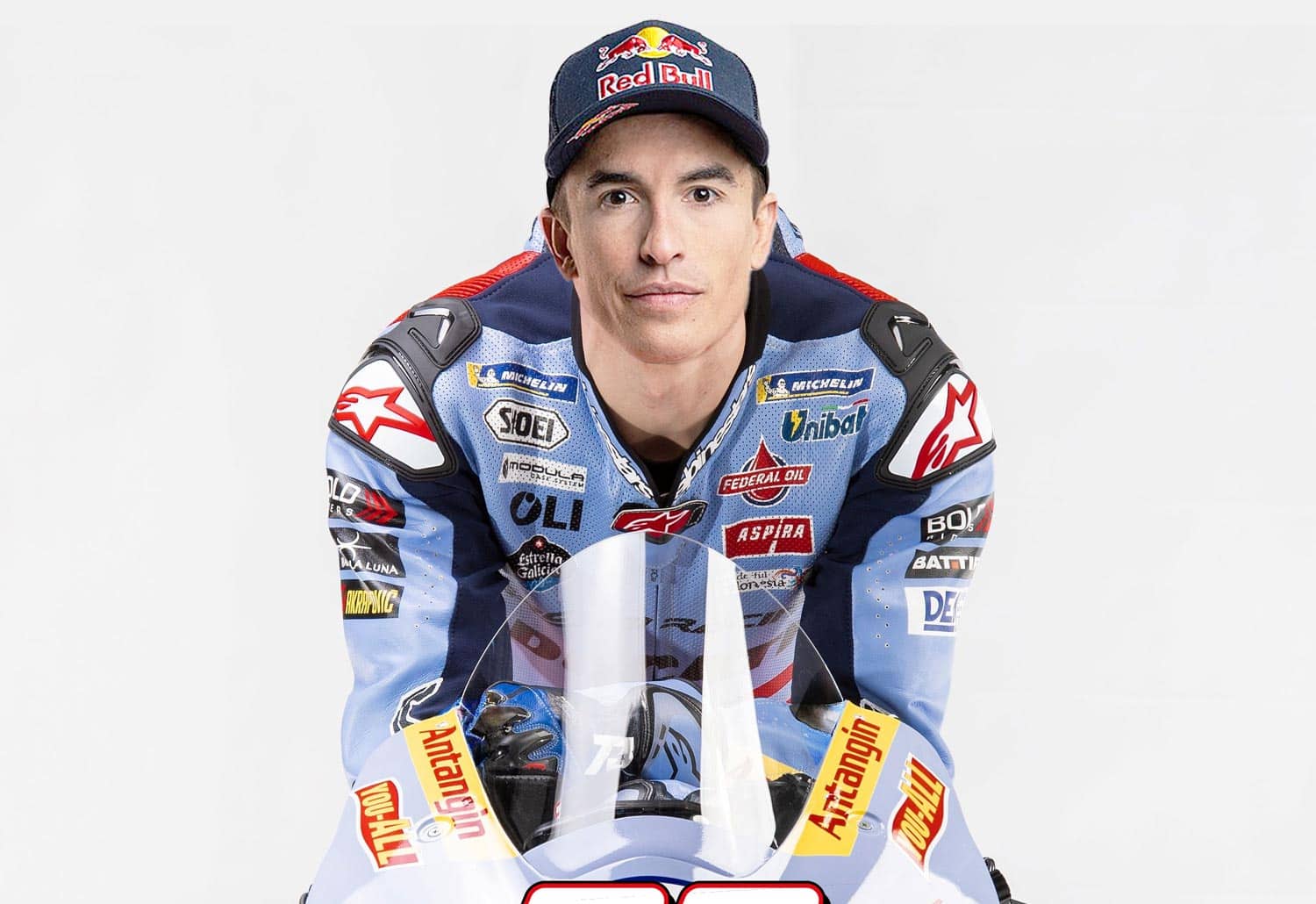
June 11, 2025
After 11 years, Marc Marquez is leaving Honda HRC to join Team Gresini. This was announced in a laconic press release, without signatures or photos, by the same House with the Wing. The same [...]
Read More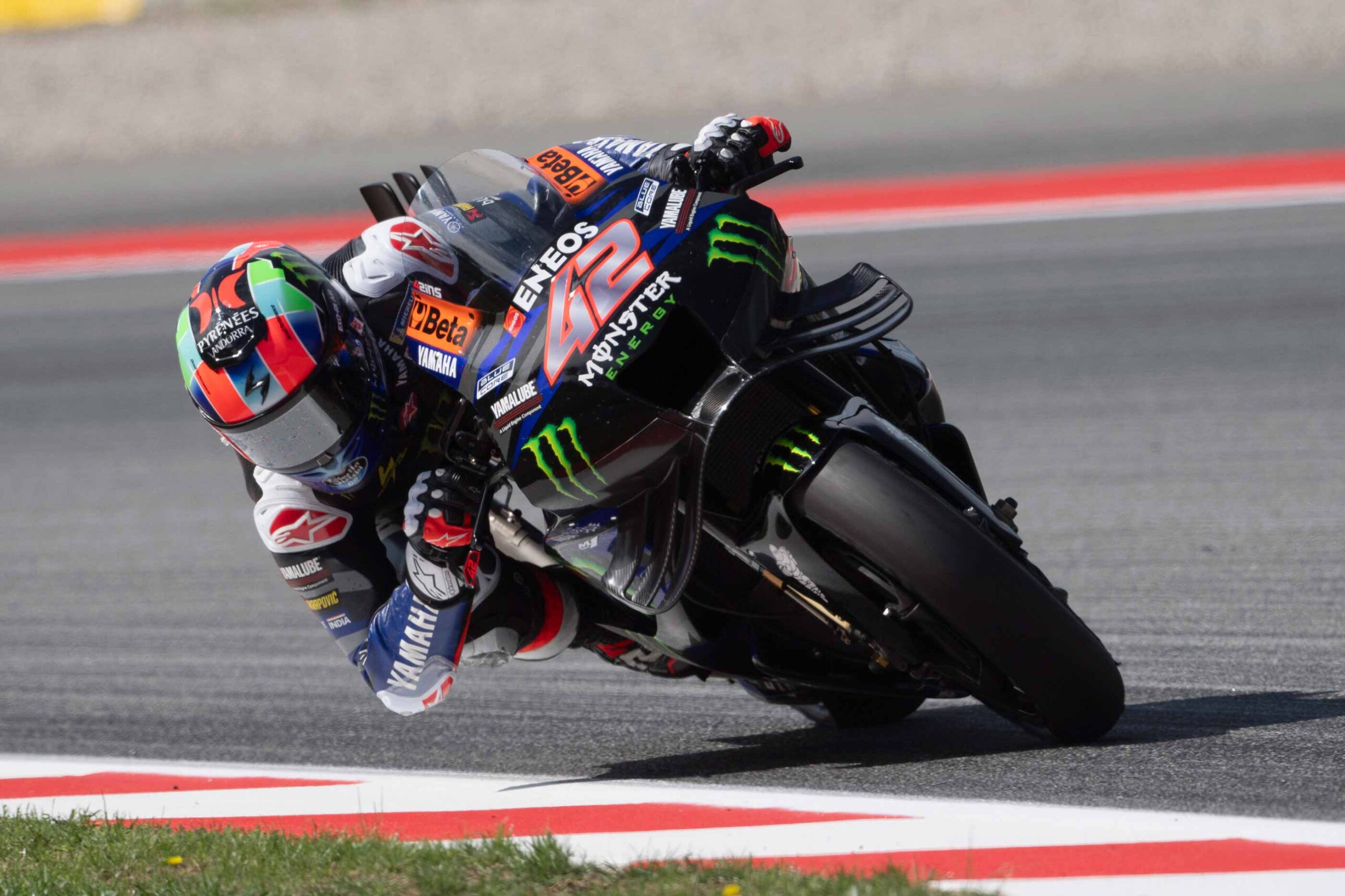
May 6, 2025
In the world of motorsport sponsorship, speed and performance have traditionally reigned supreme. However, a new race is underway, one towards sustainability. Both Formula 1 and MotoGP are st[...]
Read MoreIn an era where it is possible to get anywhere with a click, there is a strong temptation to approach teams and properties directly for sponsorship projects.
By doing so, we are convinced that we are shortening the value chain, saving time and money. However, these DYI methods are anything but risk-free and what initially appears to be a competitive advantage soon turns into a problem that is difficult to resolve. That’s why there are agencies. And this is why you should rely on us for your sponsorships.
When first approaching a sponsorship or sports marketing project, it is difficult to know immediately which stakeholders are correct, what the decision flow is, and what the right timelines are for each process. Sports is a very specialized field of action, and fitting effectively into its paths can take a lot of time and therefore money. We, on the other hand, know referents and spheres of action and know who to talk to, when and how. So you are also more effective.
Sports is an immense passion, and for our heart colors we would be willing to do anything. But business is a different business, and it is important to make the best possible strategic decisions based on independent research, statistics and reliable data. A sports marketing and sports sponsorship agency like RTR has an objective, 360-degree picture of the scenario and can tell you what is really best for you: which sport, which athlete, which team. This is because we possess a great deal of data and information on ratings, segmentation and attitudes. Because the numbers don’t lie. Never.
Activations are the real heart of sports sponsorship. Without them, there remains only a blank sticker on a motorcycle, car or uniform and no contact with the public, no emotional connection, no impact on the bottom line. Then how do you do it? It certainly won’t be the teams or the athletes who will help you leverage sponsorship and enjoy the many marketing rights you have paid for. To bring out the best in a sports marketing project you need an agency that knows how to use sponsorship to engage the fanbase on the Web, to reach out to Shopping Centers, to organize hospitality, to develop B2B and B2C opportunities, and to get “your” athletes in front of millions of potential consumers.
Would you ever go to the dealer who sold you the car and ask if the competitor’s car is better? No, of course. So, how do you expect to get firm measurements of the effectiveness of your sponsorship if you do not rely on someone super partes? At RTR, we have always worked with independent third-party agencies that allow us to know the return on any exposure of your brand on TV and in the media. In addition, we believe in calculating ROI as the ultimate measure of your success-so we can tell you for every penny you spend how much you are making.
We have been involved in sports sponsorship and sports marketing for more than 15 years. We are consultants in the sense that our goal is to maximize your investment, but we are also an agency that manages the project from start to finish. We have been doing this since 1995 with passion and professionalism, following three principles that have become cornerstones of our business: independence, verticality and transparency.
I would like to highlight the fact that one of the qualities of RTR is its great ability to approach the sponsorship scenario strategically, together with its passionate attitude, its amazing enthusiasm for solving problems, and its high level of professionalism.
Gianluca Degliesposti
Executive Director Server&Storage EMEA
Eurosport is truly delighted with its business relationship with Riccardo Tafà, who has become extremely popular, thanks to his detailed knowledge of the sports marketing sector and his highly diligent attitude to work.
Francois Ribeiro
Commercial Director
Passion and Expertise are the features that I have found in RTR since the very beginning. Serious and reliable professionals but also very helpful, nice and open-mind people, willing to listen and compare different ideas. All the values in which RTR believes make this agency a partner, not just a supplier, a partner with whom we have had the opportunity to achieve significant commercial results in term of success and image.
Luca Pacitto
Head of Communication
We have been working with RTR Sports Marketing for over 10 years. The objectives and the programmes of collaboration continue to be renewed and to grow with mutual satisfaction. I believe RTR is a team of great professionals led by Riccardo Tafà, who I consider a manager of exceptional skills and with a great passion for his work.
Lucio Cecchinello
Team Principal
I have known and worked with Riccardo Tafà since 1995 when we collaborated for the first time on a project for the Williams Formula 1 team. Several clients followed. After leaving Williams to work for Gerhard Berger then owner of the Toro Rosso F1 Team, I turned again to Riccardo to seek his help in finding a tool supplier for the team and Riccardo duly obliged with an introduction to USAG, a partnership with Toro Rosso which endured for five years. I recently started a new role as Group Commercial Director for the renowned Andretti Autosport organisation and I find myself working with Riccardo once again on a number of interesting projects. Why has this relationship with Riccardo endured ? He’s smart, knows the commercial side of sport inside out and back to front and he’s honest and trustworthy. Riccardo Tafà is a “doer” not a “talker”: in over 20 years I have never had a dispute either with him or with a company that he has introduced and each partnership introduced by Riccardo has delivered quantifiable ROI to rights holder and sponsor alike. I can think of no better testimonial of Riccardo’s diligence, knowledge, contact base and hard work than that.
Jim Wright
Group Commercial Director
The online platform where you can discover the latest trends, strategies and insights from the exciting world of sports marketing.
View our blog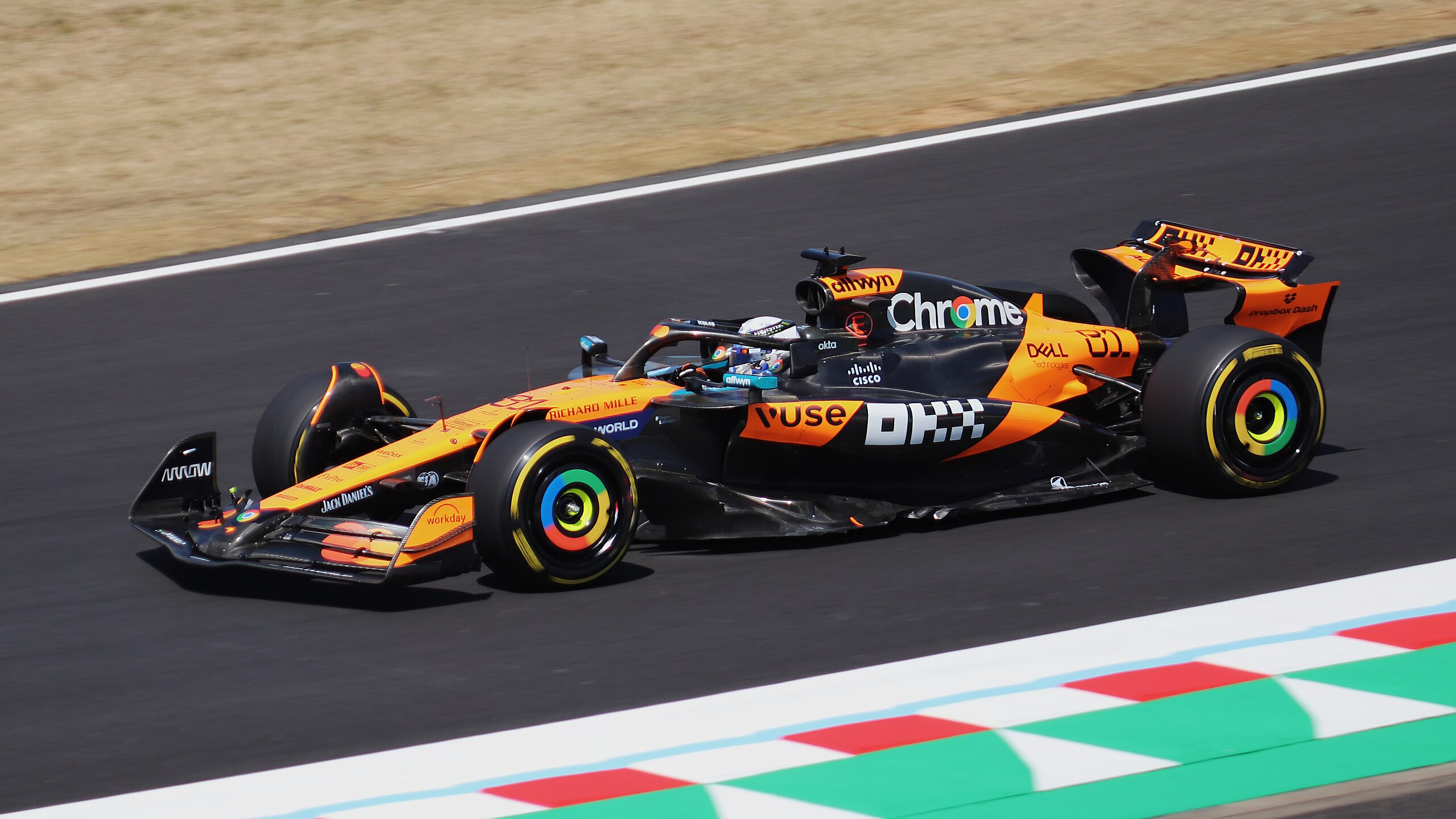
July 1, 2025
In the complex and exciting world of Formula 1, performance no longer belongs exclusively to wind tunnels and race strategies. It also unfolds in boardrooms, brand labs, and experiential mark[...]
Read More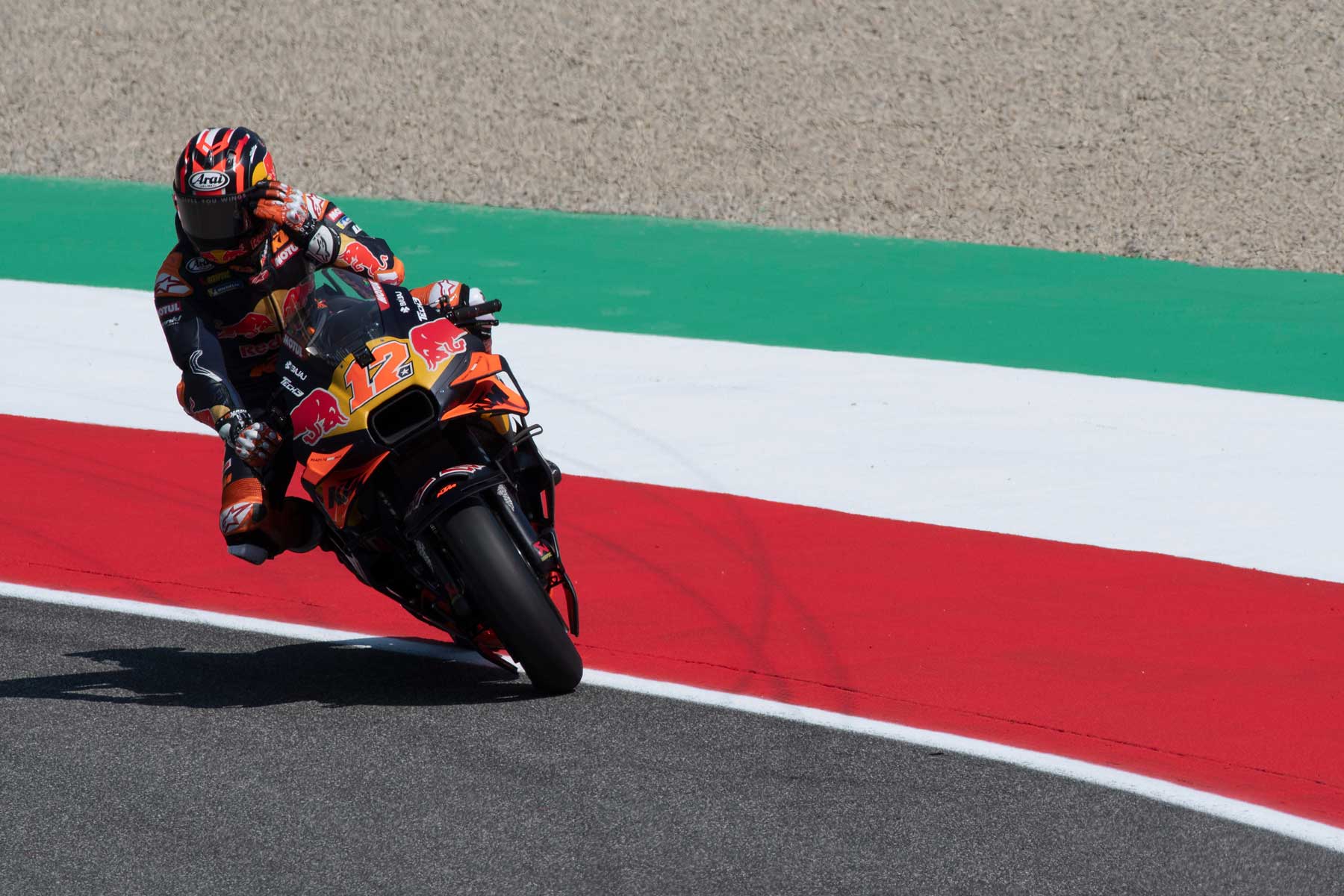
June 26, 2025
The European Commission has provided Liberty Media Corporation with unconditional approval to complete the acquisition of the MotoGP World Championship. The process of annexing the top motorc[...]
Read More
June 18, 2025
When you think of sports, what comes to mind? For many, the answer is sports marketing management. We see Super Bowl or Olympic commercials and it seems like every other product is marketed t[...]
Read More